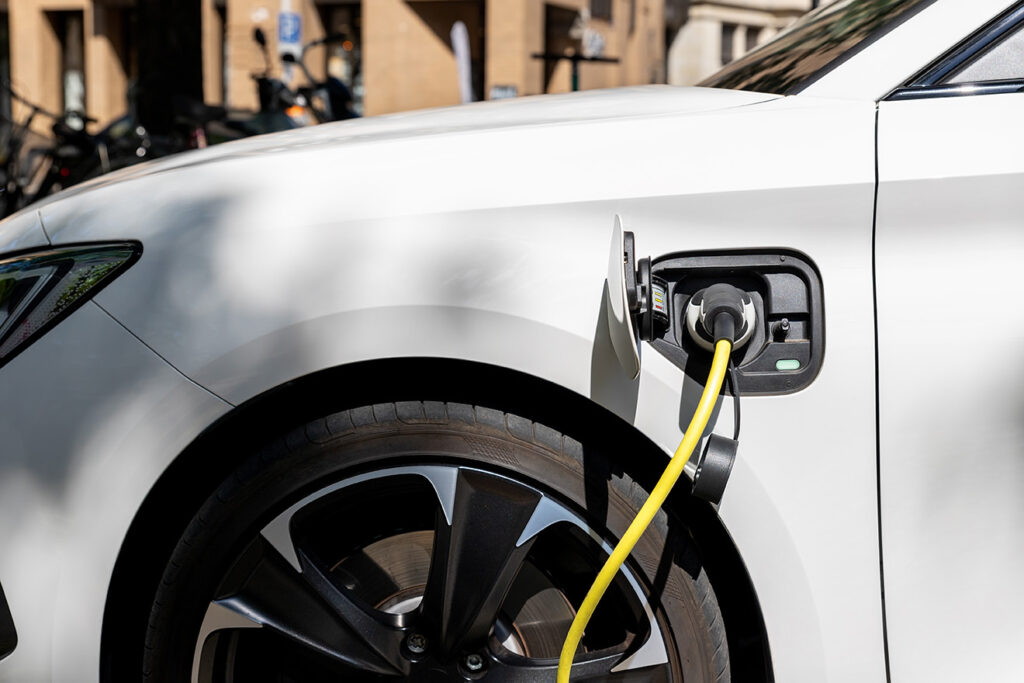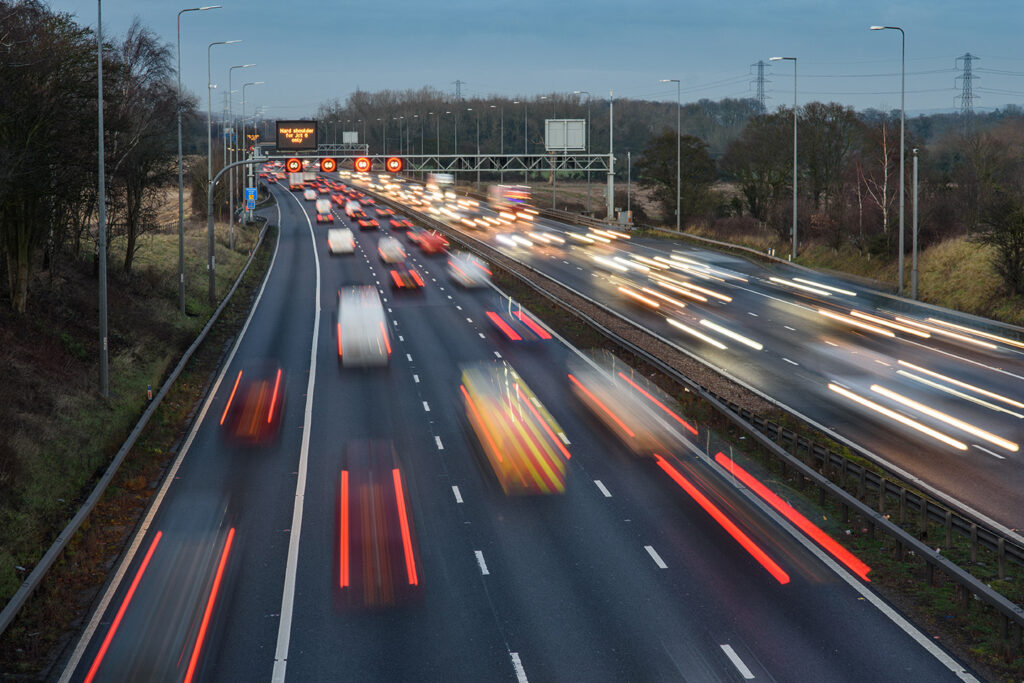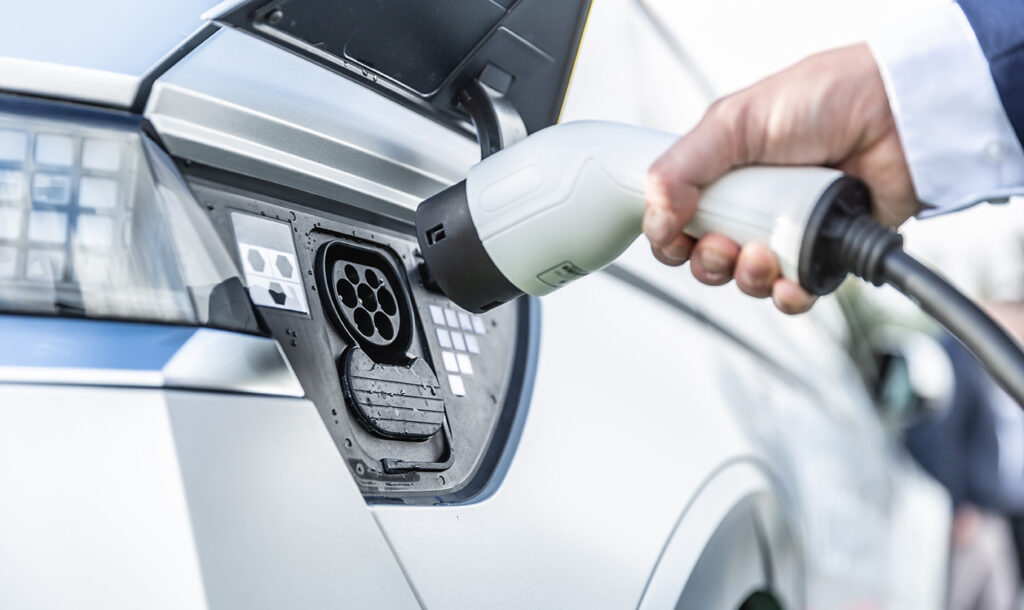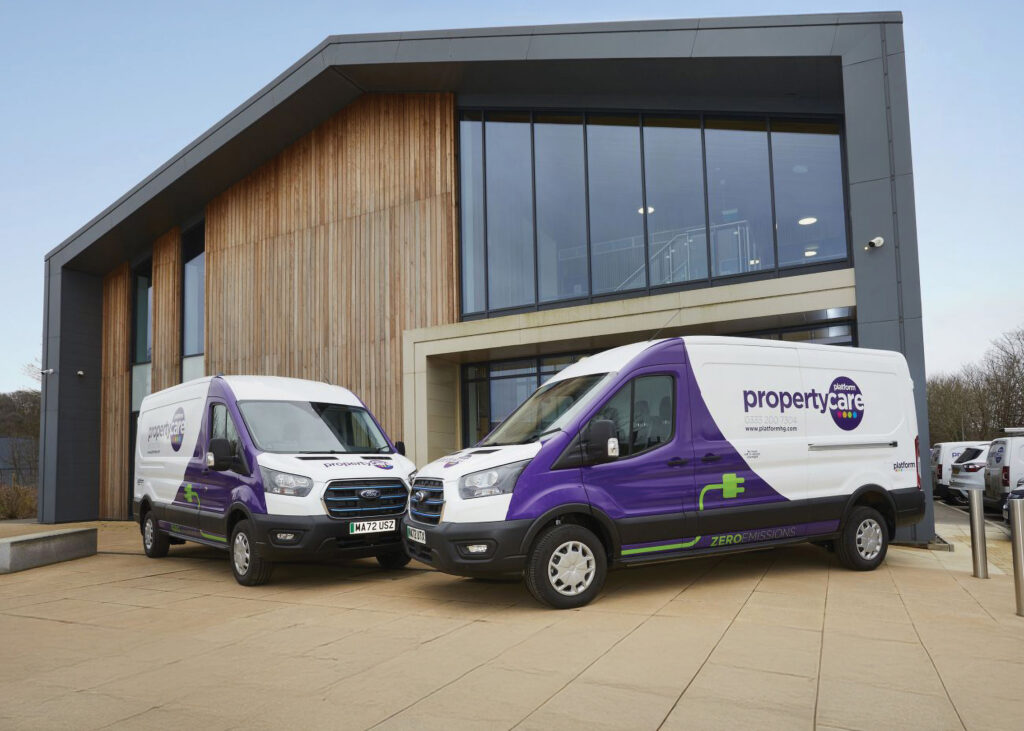Big things are happening in the NHS, and they’re electric.
As the UK pushes forward with its green agenda, NHS England is stepping up with a major move to cut emissions, save costs, and future-proof its fleet. Thanks to £8 million of government funding, over 70 NHS trusts are receiving support to install EV chargepoints across 200+ sites, helping them switch to electric vehicles (EVs) for medical and ambulance use.
Here’s what it means, why it matters, and how this move could transform both the NHS and public sector fleet operations.
Why the NHS Is Going Electric
To meet their own ZEV targets the Government has committed to the electrification of the NHS fleet. With rising fuel costs, sustainability goals, and low-emission zones becoming the norm, public bodies such as the NHS are looking to future-proof their fleets.
For an operational fleet that’s relied on 24/7, like ambulances, mental health teams, and hospital transport services – going electric can reduce both costs and carbon footprints. And that means more money going back into patient care.
What the £8 Million NHS EV Fund Covers
The Department for Transport (DfT) has awarded £8 million in funding to help NHS England install electric vehicle chargepoints across their estates. This funding will help:
- Electrify ambulance and medical support fleets
- Install EV infrastructure at 200+ NHS sites
- Improve air quality for staff, patients, and communities
- Support the UK’s target of net zero emissions by 2050
Which NHS Trusts Are Benefiting?
A diverse mix of 73 NHS trusts have been awarded funding so far. These include:
- London Ambulance Service NHS Trust – the largest award at £690,525
- South Western Ambulance Service NHS Trust – £411,615 across 11 sites
- East Midlands Ambulance Service NHS Trust – £410,957 across 10 sites
- Herefordshire and Worcestershire Health and Care NHS Trust – £400,200 across 10 sites
Others, like Avon and Wiltshire Mental Health Partnership, are also taking the lead with 13 sites funded for EV charging rollout.
Even smaller trusts like Blackpool Teaching Hospitals and York and Scarborough Teaching Hospitals are jumping in with targeted funding, showing that every step counts in the shift to electric.
To find out details on all the NHS Trusts benefiting from the funding, click here.
What This Means for the Public Sector
This move by the NHS shows just how viable and valuable electric vehicles can be in high-demand public services. As more public sector organisations begin to electrify their fleets, we’ll likely see a ripple effect of benefits. Day-to-day running costs will go down as EVs prove cheaper to maintain and fuel than traditional vehicles. Although consideration should be given to an EV whole life cost which is harder to estimate in early days of adoption. Air quality in communities will improve, especially around hospitals and healthcare sites, and quieter, zero-emission vehicles will reduce noise pollution as well.
On top of that, fleet electrification can create new jobs and encourage investment in green skills and infrastructure. It’s a powerful step not just for the NHS, but for public services everywhere looking to improve efficiency and environmental impact.
How Can Fleets Make the Switch?
If you manage a fleet – whether in healthcare, local government, or the private sector, now’s the perfect time to start considering a transition to electric. It starts with understanding your fleet needs and mapping out a strategy.
You’ll want to consider where and when your vehicles will charge, which vehicles are best suited to be replaced first, and how this change will impact your long-term operating costs. Thinking ahead about driver training and introducing new systems to monitor performance and energy use will also be key.
A well-planned transition means your team stays on the road with minimal disruption, while saving money and reducing emissions for the long haul.
Supporting the Journey with Fleet Service GB’s Garage Network
At Fleet Service GB, we provide smart, tailored fleet management solutions for organisations across the UK, including in the public sector.
We help with:
- Planning your EV fleet transition
- Tracking vehicle performance and CO₂ savings
- Delivering compliance and duty of care
Whether you’re a hospital trust, local council, or private firm, our team can support your shift to cleaner, more cost-effective mobility.
FAQs About NHS Fleet Electrification and Fleet Service GB
Why is the NHS switching to electric vehicles?
To reduce running costs, cut carbon emissions, and support sustainability goals, all while reinvesting the savings into better patient care.
Which NHS trusts received the most EV funding?
Some of the top-funded trusts include:
- London Ambulance Service NHS Trust – £690k
- South Western Ambulance Service – £411k
- East Midlands Ambulance Service – £411k
- Herefordshire & Worcestershire – £400k
How will this benefit patients?
Cleaner air, quieter streets, and lower operational costs mean better environments for staff and patients, and more NHS funds directed at front-line care.
What is Fleet Service GB?
Fleet Service GB is a UK-based fleet and driver management company helping organisations run safer and more efficient fleets. We support everything from vehicle maintenance to EV strategy and compliance.
Ready to Electrify Your Fleet?
This £8 million investment in NHS fleets shows that EVs are the future, even for mission-critical services like ambulances.
If your organisation is thinking about going electric talk to FSGB. The infrastructure, funding, and expertise are available now, and Fleet Service GB is here to help you every step of the way.



